
HYPERVSN 3D Catalog
USD 1,200
Qty

HYPERVSN 3D Catalog
USD 1,200
Qty

HYPERVSN 3D Catalog
USD 1,200
Qty
Cart Subtotal:
USD 3,600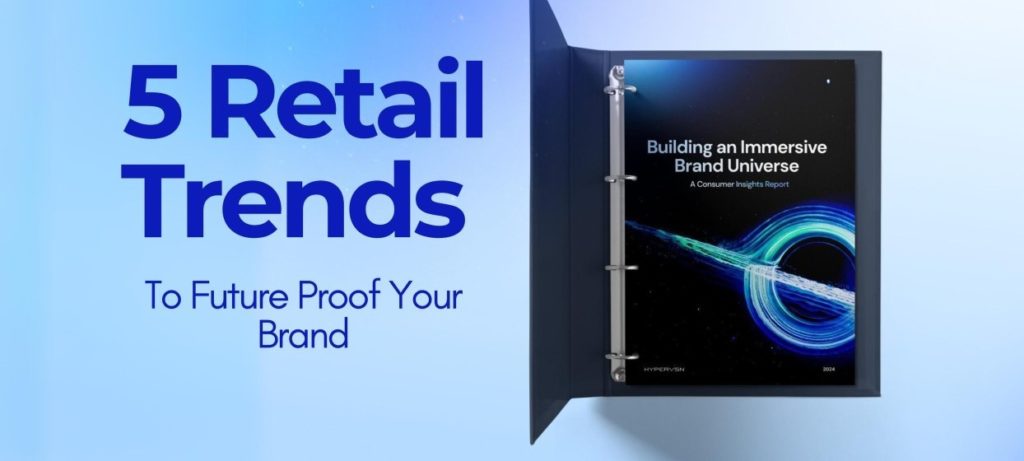

HYPERVSN
Marketing Department
3D printing. QR codes. Augmented reality (AR) apps. These and many more retail trends didn’t quite live up to their hype. While they did find their niche and are hugely popular among certain crowds, these trends didn’t revolutionise the retail industry in the way they were predicted to. But for every failed fad, there’s an innovation that quickly became a must for shoppers, with slow-to-adopt brands falling out of relevance and, in many cases, going bust. With consumers becoming ever more particular about how they shop and with who, and competition within the retail space continuing to soar, brands must be smart about which trends to invest in and which ones to employ a ‘wait and see’ approach with.
At HYPERVSN, we live and breathe customer experience. We’ve worked with many of the world’s leading brands to deliver unforgettable immersive activations that engage customers and get people talking. We recently commissioned a survey of 2,000 UK consumers to get even more of an insight into what customers want. Off the back of our research and our decade of experience, these are the five trends retailers shouldn’t ignore in 2025.
Only 12% of our survey respondents had experienced personalised shopping recommendations via an app. With 63% of consumers stating that immersive experiences like this would improve their shopping experience, and 68% saying it would encourage them to return to the store, investing in personalisation is a no brainer.
However, as tools like AI and hyper-localisation become more prolific, basic personalisation is unlikely to wow your customers. Brands can leverage innovations like AI, facial recognition and data analytics to create highly tailored experiences for customers. For example, a HYPERVSN Digital Avatar could greet customers by name as they enter the store or offer promotions on products they’re likely to buy before they even realise they need them.
This isn’t exactly a new trend but emerging technologies will allow retailers to implement this strategy more effectively. Most people (42%) prefer to combine both online and offline shopping. As your customers (or characters) interact with your brand universe across different channels, having a seamless, consistent experience will boost brand sentiment and, ultimately, sales.
Retailers can integrate online and offline channels to provide a unified customer experience by offering flexible options like click-and-collect and curbside pickup. These can be further enhanced by using interactive displays to bridge the gap between online and in-store shopping.
According to our research, live product demos, interactive touchscreens and immersive decor are the types of immersive experiences that most consumers have witnessed. They said that these encounters made shopping more fun, gave them a better understanding of the products and created a more memorable shopping trip.
If these relatively basic in-store experiences have such a positive impact on consumers, imagine what truly immersive activations can achieve! Brands who focus on storytelling and create captivating adventures for their consumers will grab attention in a crowded market and drive brand affinity. Multisensory experiences enhanced with elements like 3D holography, real-time interactivity and hyper-personalisation will define the retail spaces that stand out in 2025.
Voice commerce (or v-commerce) is already a booming market, with 48% of UK consumers using voice search to make a purchase in 2022. Thanks to its convenience and the ever-growing adoption of smart speakers, this trend shows no signs of slowing. Retailers can take this further by deploying 3D holographic AI assistants in key retail locations. Banks, travel stations, shopping malls, city centres and entertainment arenas can now have the convenience of voice commerce, the intelligence of conversational AI and the humanity of a life-sized hologram in one solution, ensuring that customers get the help and support they need in real time.
Consumers love personalised recommendations, and they’re more likely to make a purchase off the back of one. Traditionally, this might have come from a personal shopper but the future of personal styling is AI.
Both online and in-store, brands can utilise algorithms to recommend products to shoppers based on a range of factors, including purchase history, personal preferences and consumer behaviour. As consumer trust in AI continues to grow, utilising it to help them construct flattering outfits or design their dream home will become the norm.
These five retail trends for 2025 all reflect one truth – consumers aren’t just looking for products, they’re looking for experiences. Brands that can construct a seamless, engaging, intuitive omnichannel experience will be the ones that lead the way.
To discover more about what consumers want and learn how to use these insights to create an immersive brand universe, download our latest report.
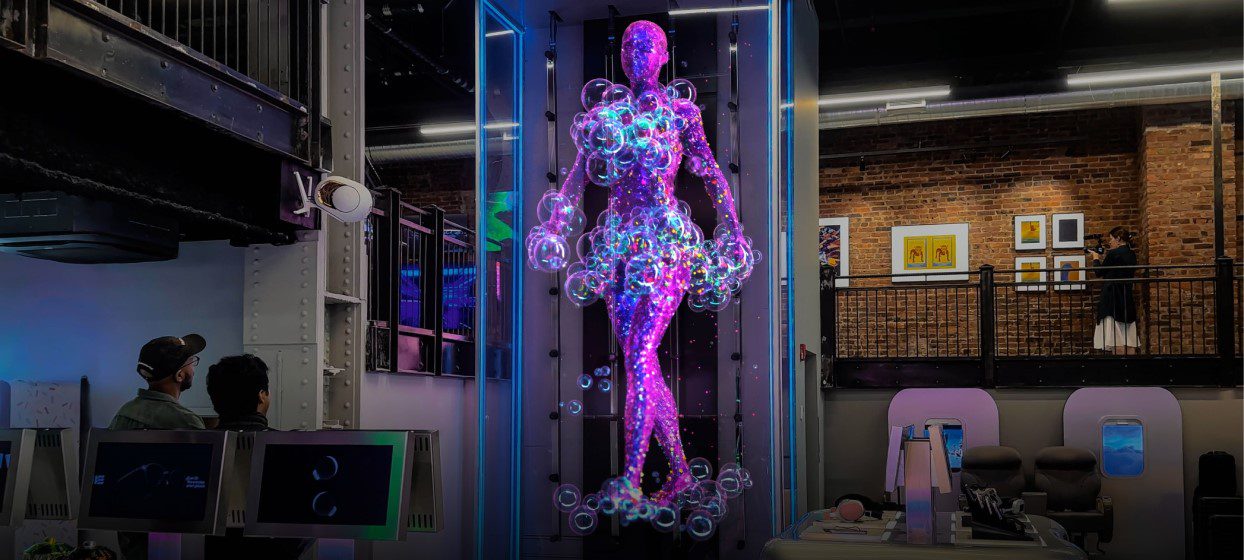
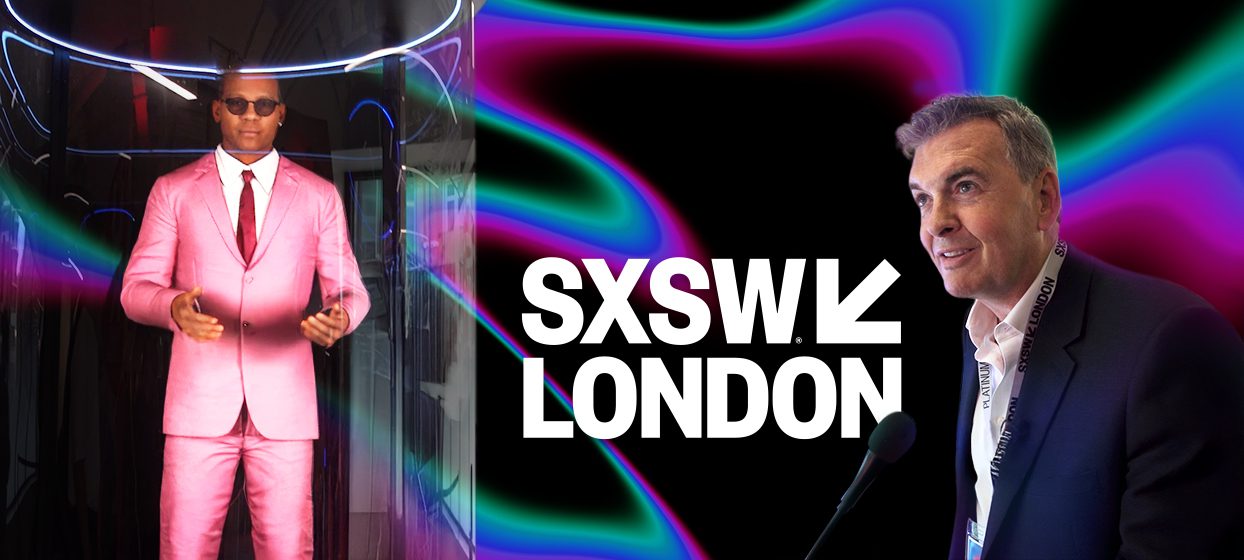
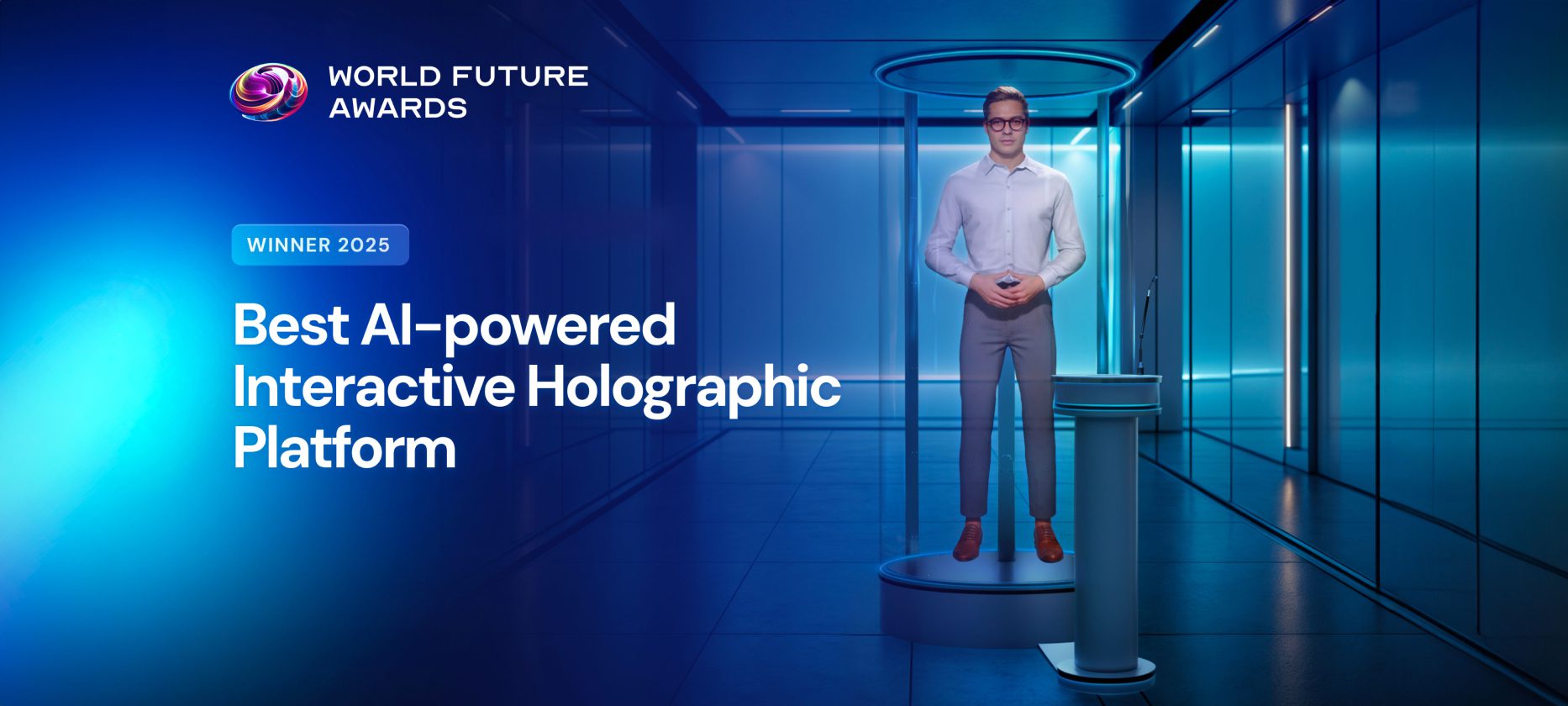
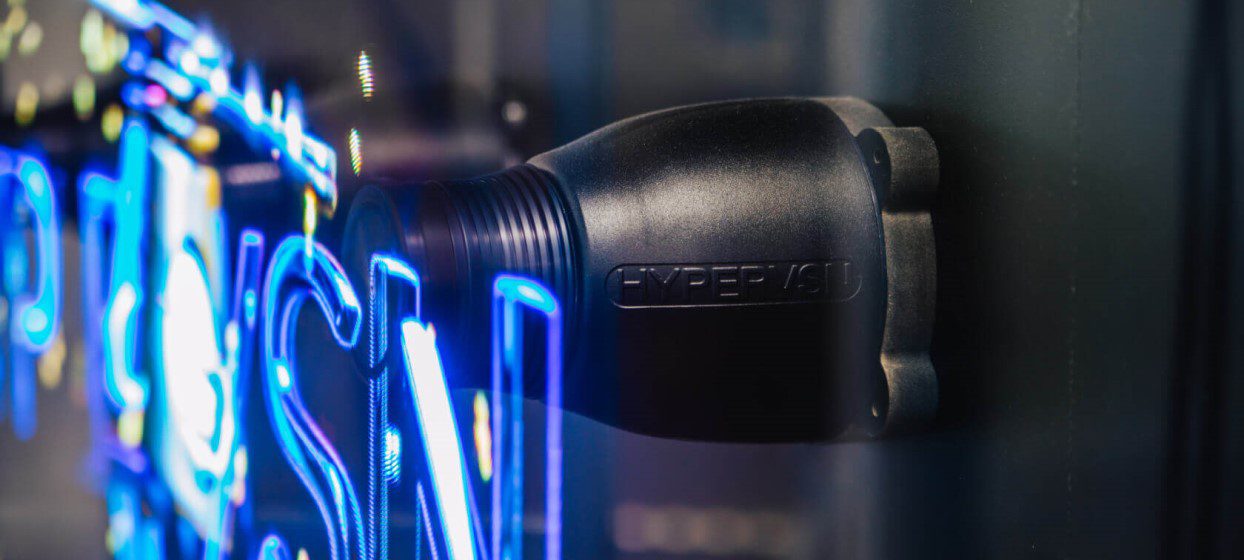
subscribe

USD 1,200
Qty

USD 1,200
Qty

USD 1,200
Qty
Cart Subtotal:
USD 3,600☎️